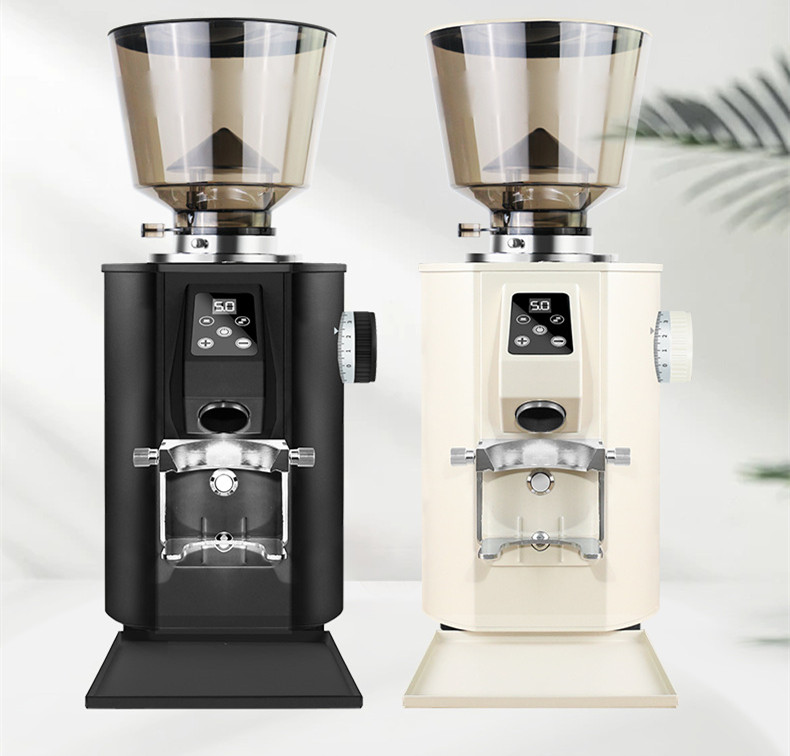The working mechanism of the temperature control system of the baking machine is as follows:
Temperature detection
The function of the sensor: The sensor in the temperature control system is like the “thermometer” of the baking machine, capable of sensing the internal temperature of the baking machine and transmitting the temperature information to the regulator. For instance, in a coffee roaster, a temperature probe is connected to a target temperature warning device, which can monitor the temperature in real time to ensure the safety of the roasting process.
Signal conversion: In some temperature control systems, the temperature signal detected by the temperature sensor will be converted. If the temperature sensor PT100 evenly installed in the furnace body converts the temperature signal into a 4-20mA current signal after passing through the temperature transmitter, it will be sent to the controller.
Temperature control
Algorithm application: The temperature control system often adopts the PID (Proportional-Integral-Derivative) control algorithm. The system dynamically adjusts the output power by monitoring the temperature deviation in real time. For example, in practical operation, the KI and KD values can be set to zero first, and the KP value can be gradually adjusted to 10. Then, the KI value can be increased without exceeding the KP value (such as 1/2/4/8), and the KD value can be adjusted within 10% of the KP value (such as 0.01/0.05/0.1/0.2). By adopting the automatic adjustment function of Delta DVP04PT temperature module (D204 = K3 mode), parameter groups D200 to D219 can be automatically generated, suppressing temperature fluctuations within ±1℃ and shortening the control cycle to within 20 minutes.
Output control: The controller adjusts the output power of the heating element of the baking machine based on the temperature detected by the sensor, ensuring that the internal temperature of the baking machine can be maintained within the set range. When the temperature inside the baking machine is lower than the set temperature, the temperature controller will connect the heating element to start heating. When the temperature reaches the set temperature, the temperature controller will disconnect the heating element and stop heating. For instance, in the temperature control system of the biscuit baking oven, after the internal PID algorithm operation of the PLC, the control quantity signal 4-20mA or 0-10V is output to directly control the gas flow and air flow.
Temperature display and alarm
Display function: Some temperature control systems will display the detected temperature values, which is convenient for operators to understand the temperature situation inside the baking machine. For instance, some temperature control systems will display the temperature inside the drying chamber on a monitor.
Alarm function: When the temperature is abnormal, the temperature control system will issue an alarm signal. For example, when the temperature sensor malfunctions, the buzzer sounds an alarm. In coffee roasting, the probe connected to the target temperature warning device ensures that novice roasters can remain calm and secure when they are ready to do other things.


